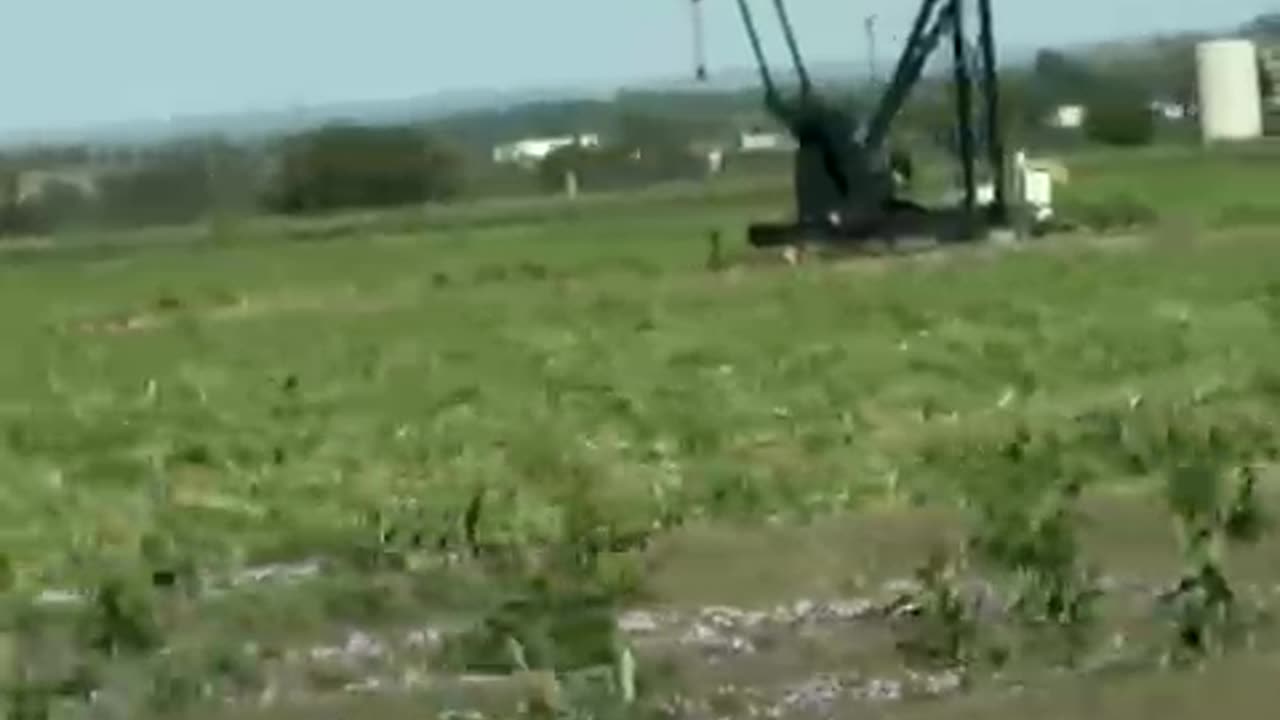Premium Only Content

How to extract oil from the earth in America
How to extract oil from the earth in America
1. Exploration and Surveying
Geophysical Surveys: Companies use seismic surveys and geological data to locate areas where oil might be present. This involves sending sound waves into the earth and analyzing the echoes to determine the composition and structure of subsurface rock formations.
Exploratory Drilling: Once a promising location is identified, exploratory drilling is done to confirm the presence of oil. If oil is found, the company will assess the quantity and quality of the reserves.
2. Drilling the Well
Drilling Rig Setup: A drilling rig is set up at the site, and a well is drilled deep into the earth to reach the oil reservoir. The drilling process involves drilling through layers of rock, sometimes miles beneath the surface, and casing the well with steel to prevent collapse.
Drilling Techniques: In many cases, companies use directional or horizontal drilling techniques to access oil in hard-to-reach places, maximizing extraction from a single well.
3. Extraction Methods
Primary Recovery: When the well is first drilled, oil naturally flows to the surface due to the pressure underground. This is called primary recovery. However, this method typically only recovers about 10-20% of the oil.
Secondary Recovery: After the pressure decreases, secondary methods like water flooding (injecting water into the reservoir to push more oil out) or gas injection are used to increase pressure and extract additional oil.
Tertiary (Enhanced) Recovery: In some cases, more advanced techniques like CO2 injection, steam injection, or chemical flooding are used to extract hard-to-reach oil, which may recover another 5-15% of the oil.
4. Production and Transportation
Oil Production: Once oil starts flowing to the surface, it’s typically pumped to the surface using pumps, or it might flow naturally under pressure. The extracted oil is then stored temporarily at the well site in storage tanks.
Transportation: From the storage tanks, oil is transported via pipelines, trucks, rail, or ships to refineries where it is processed into usable products like gasoline, diesel, and jet fuel.
5. Environmental and Regulatory Considerations
Permits: In the U.S., oil extraction requires permits from state and federal authorities, including environmental reviews and compliance with regulations from agencies like the Environmental Protection Agency (EPA) and the Bureau of Land Management (BLM), especially on federal lands.
Safety and Environmental Protection: The oil industry must adhere to strict safety standards to prevent spills, contamination, and accidents. Technologies like blowout preventers and containment systems are used to minimize risks.
6. Decommissioning
Once oil production becomes economically unviable or the well is exhausted, the well is closed, and the site is decommissioned. This includes sealing the well to prevent leaks, removing equipment, and restoring the land as much as possible.
-
 1:31:29
1:31:29
Brandon Gentile
1 day ago25 Year Wall Street INSIDER: $1M Bitcoin Soon Is Just The START
12K -
 LIVE
LIVE
SpartakusLIVE
6 hours ago#1 Birthday Boy Celebrates with MASSIVE and HUGE 4.8-Hour Stream
305 watching -
 55:54
55:54
Man in America
8 hours agoFrom Oil Barons to Pill Pushers: The Rockefeller War on Health w/ Jeff Adam
36.3K3 -
 3:02:18
3:02:18
Barry Cunningham
5 hours agoBREAKING NEWS: PRESIDENT TRUMP THIS INSANITY MUST END NOW!
82.9K146 -
 DVR
DVR
StevieTLIVE
4 hours agoWednesday Warzone Solo HYPE #1 Mullet on Rumble
29.6K -
 5:58
5:58
Mrgunsngear
5 hours ago $2.88 earnedBreaking: The New Republican Party Chairman Is Anti 2nd Amendment
23.2K8 -
 2:28:35
2:28:35
Geeks + Gamers
5 hours agoGeeks+Gamers Play- MARIO KART WORLD
24.6K -
![(8/27/2025) | SG Sits Down Again w/ Sam Anthony of [Your]News: Progress Reports on Securing "We The People" Citizen Journalism](https://1a-1791.com/video/fww1/d1/s8/6/G/L/3/c/GL3cz.0kob.1.jpg) 29:34
29:34
QNewsPatriot
5 hours ago(8/27/2025) | SG Sits Down Again w/ Sam Anthony of [Your]News: Progress Reports on Securing "We The People" Citizen Journalism
18.5K2 -
 25:12
25:12
Jasmin Laine
10 hours agoDanielle Smith’s EPIC Mic Drop Fact Check Leaves Crowd FROZEN—Poilievre FINISHES the Job
22.3K23 -
 11:33:26
11:33:26
ZWOGs
13 hours ago🔴LIVE IN 1440p! - SoT w/ Pudge & SBL, Ranch Sim w/ Maam & MadHouse, Warzone & More - Come Hang Out!
12.5K